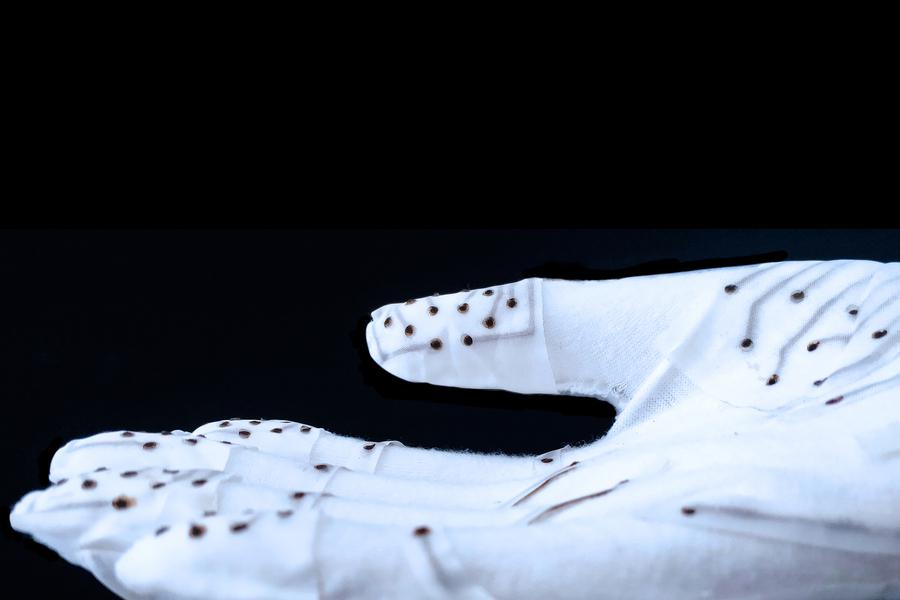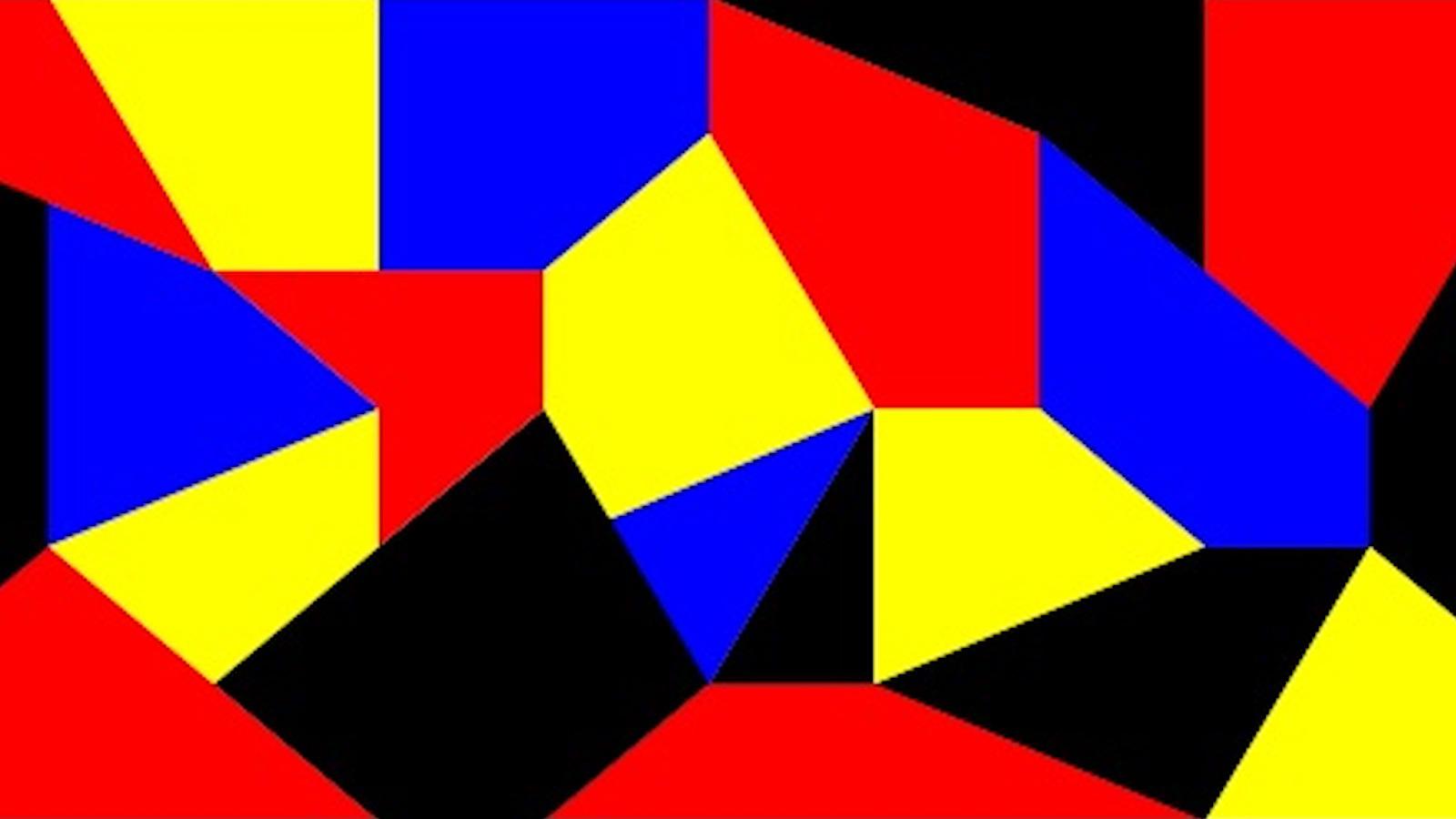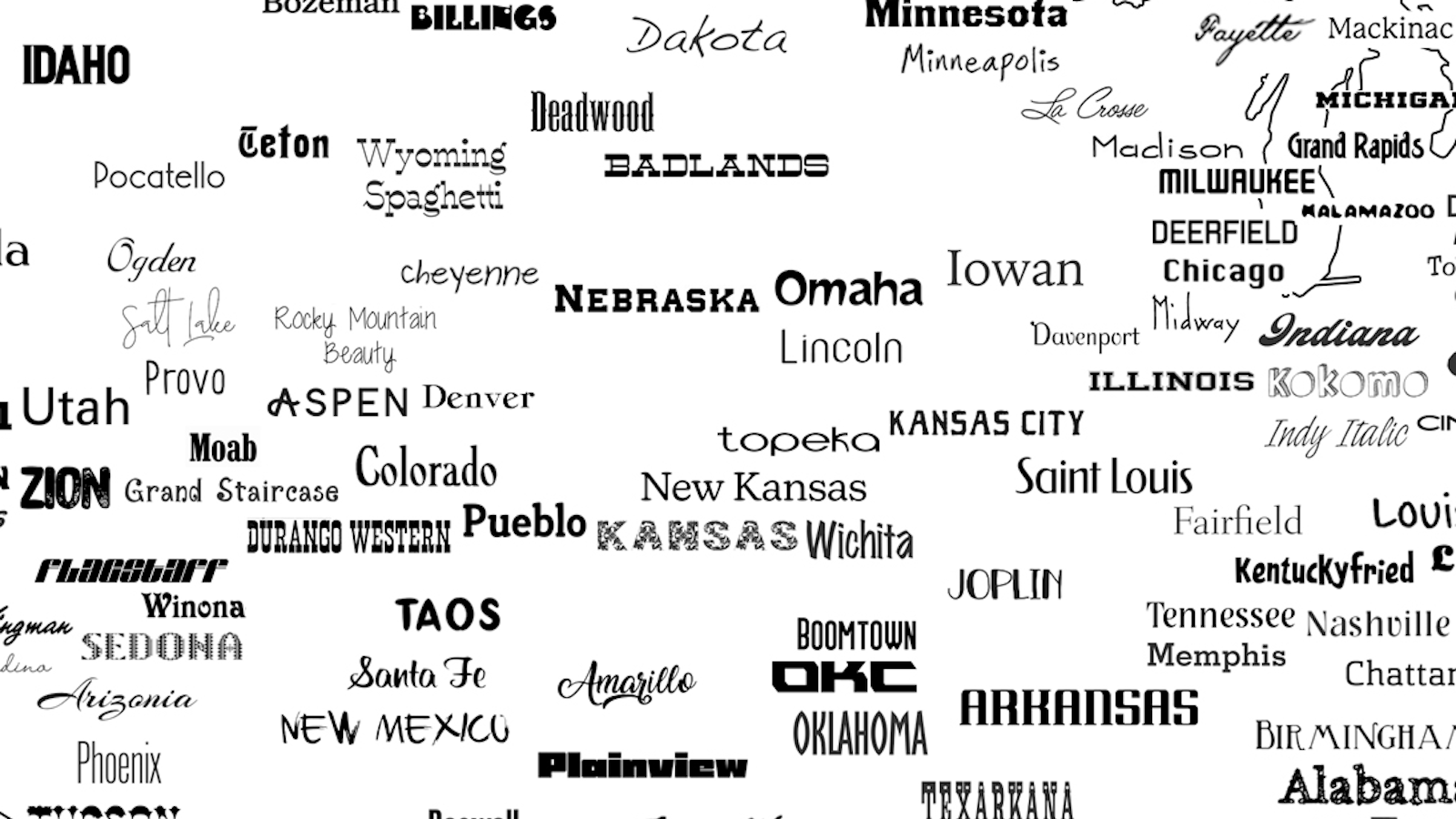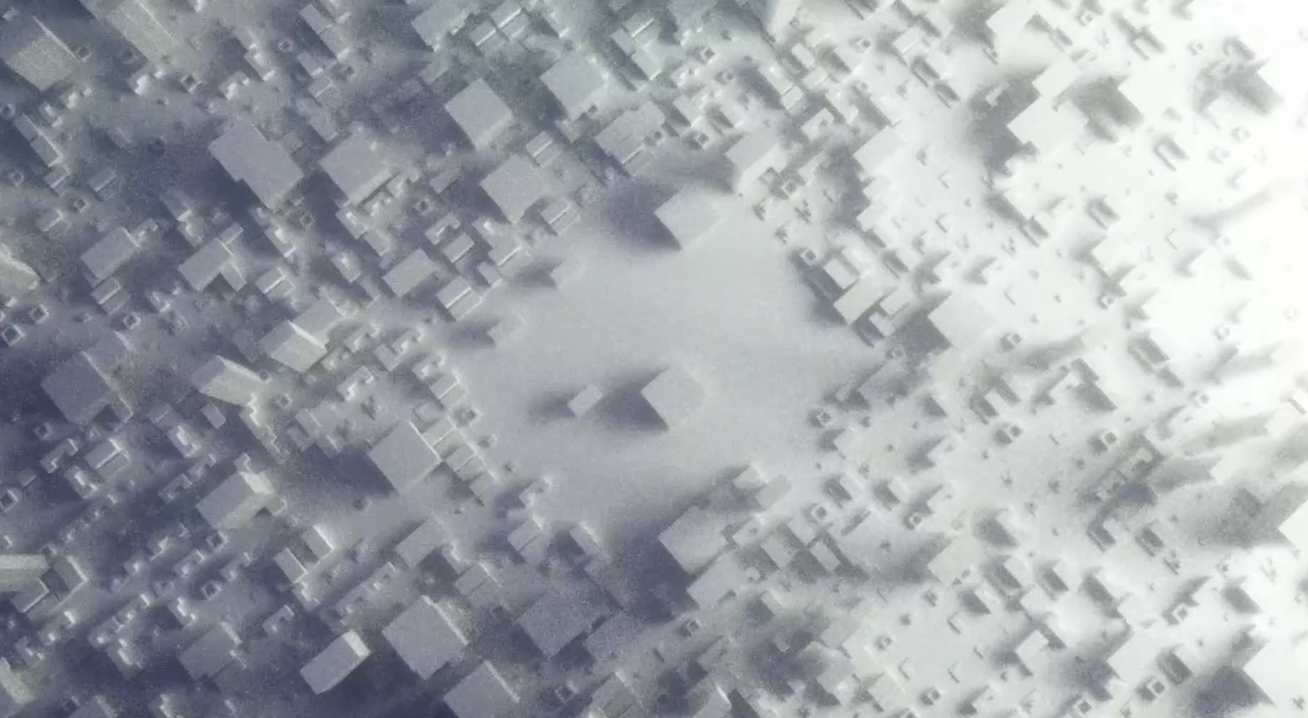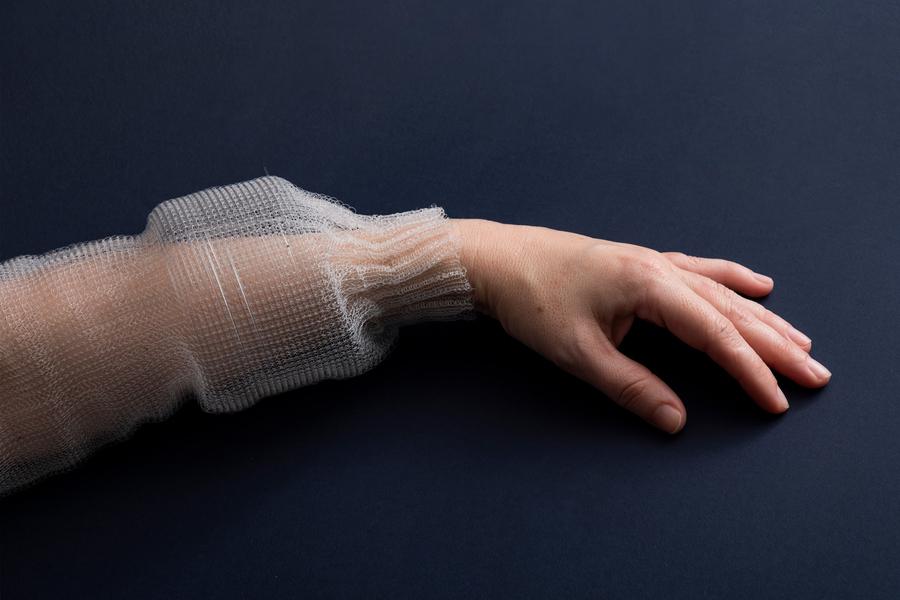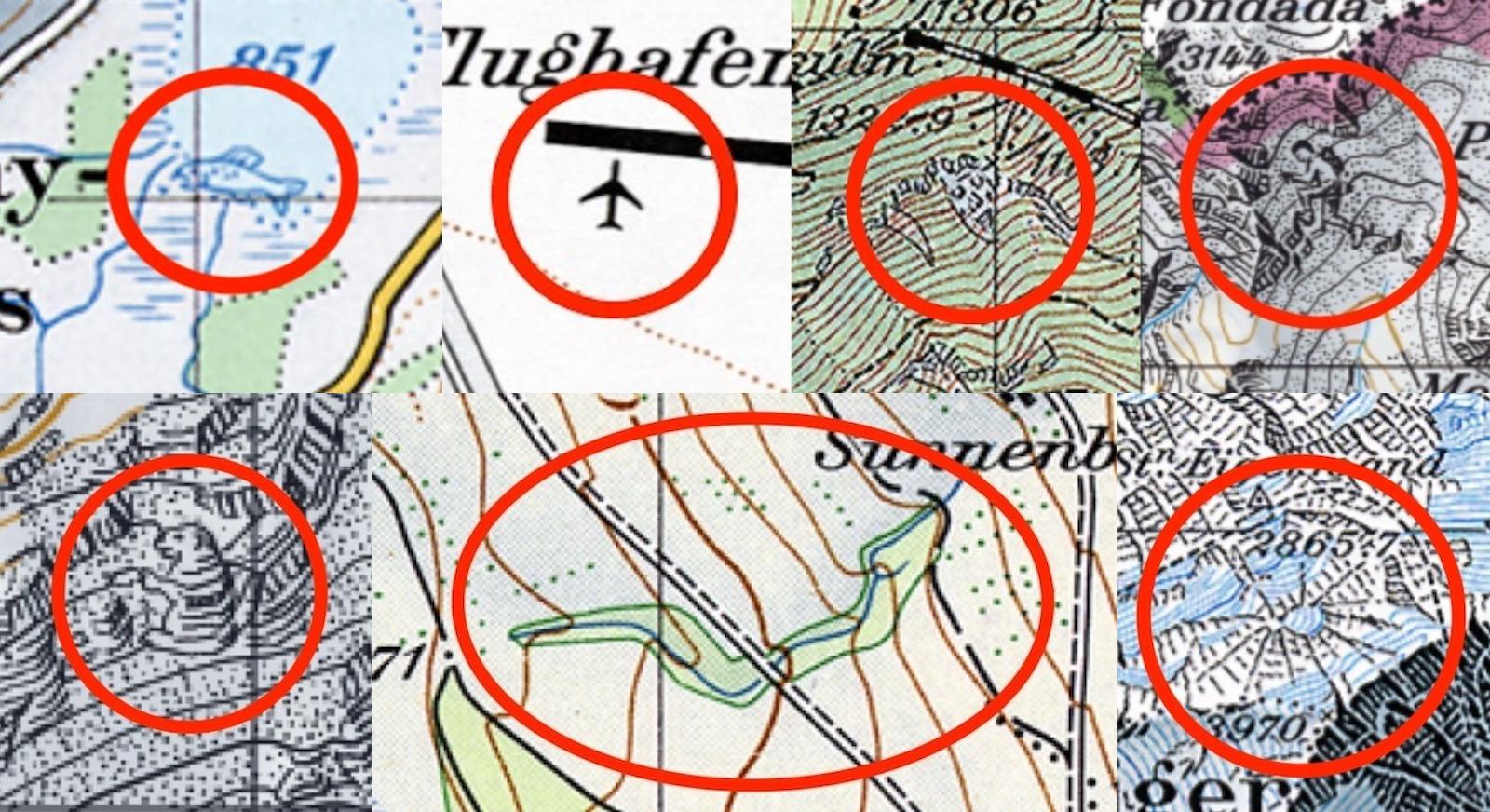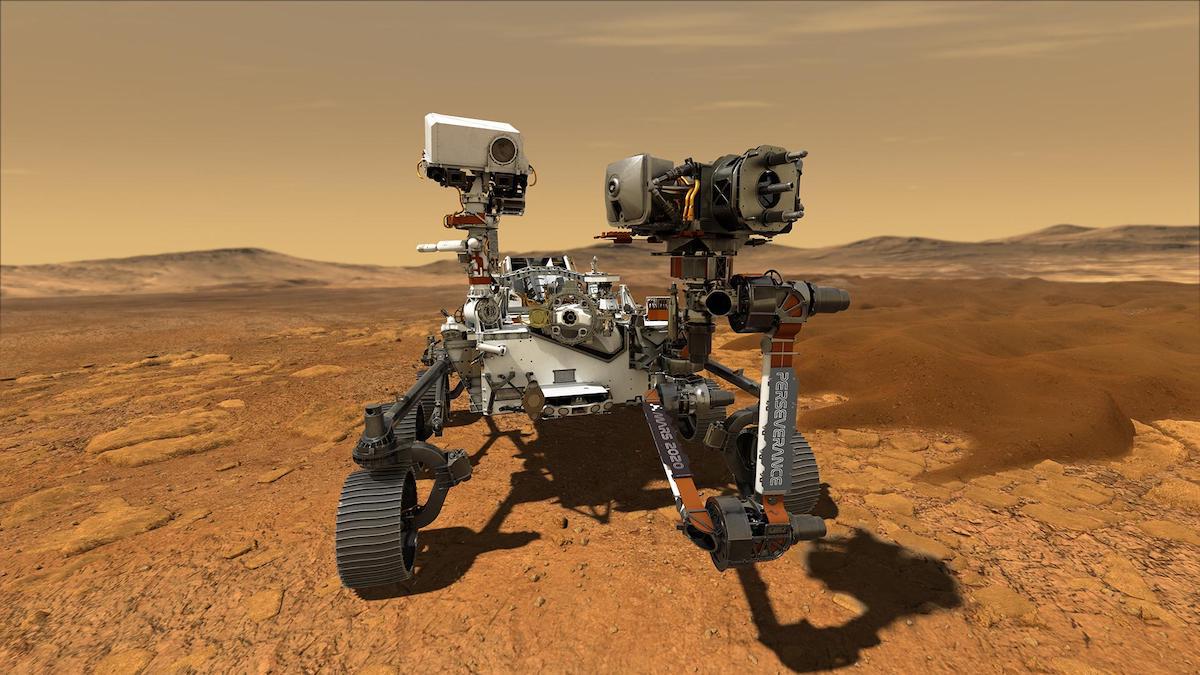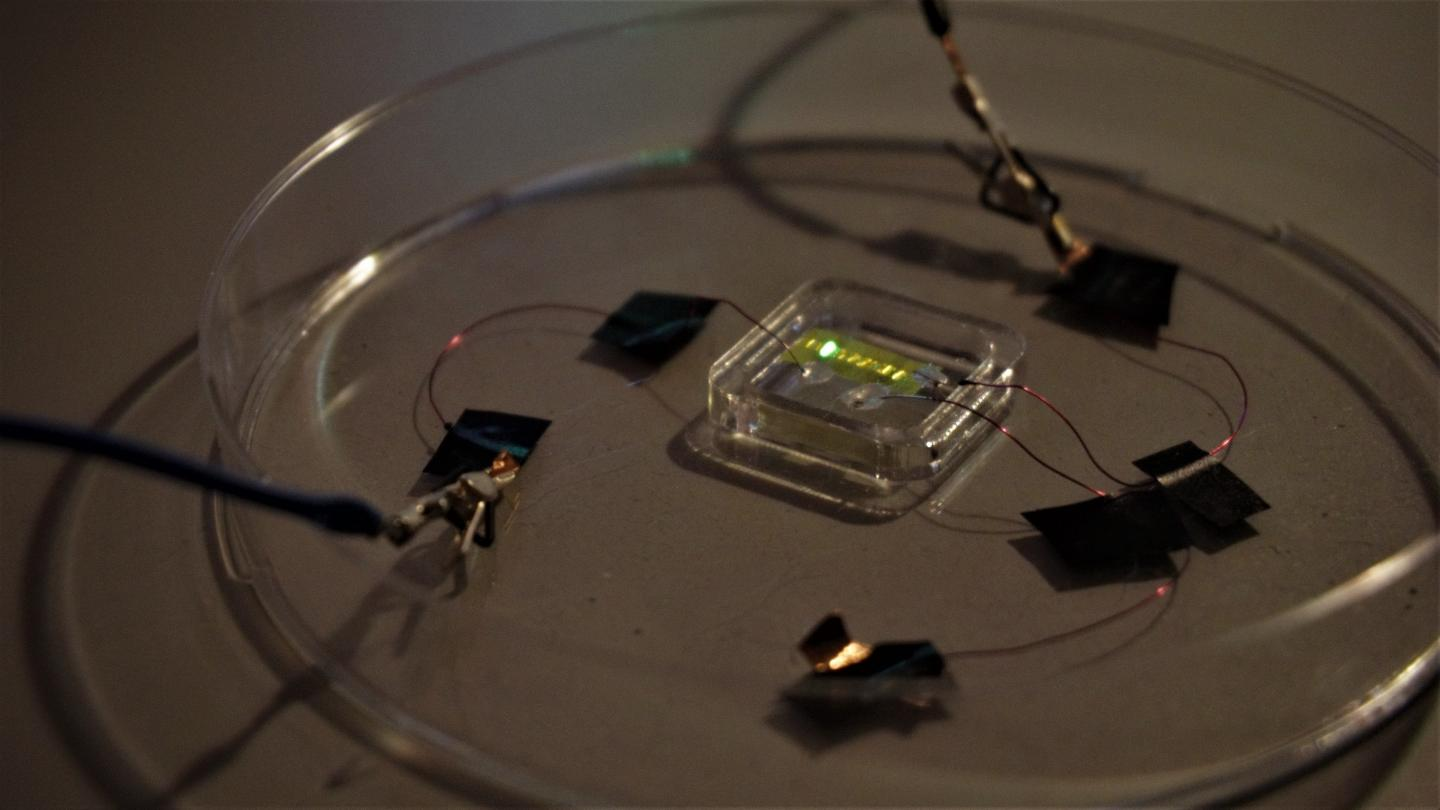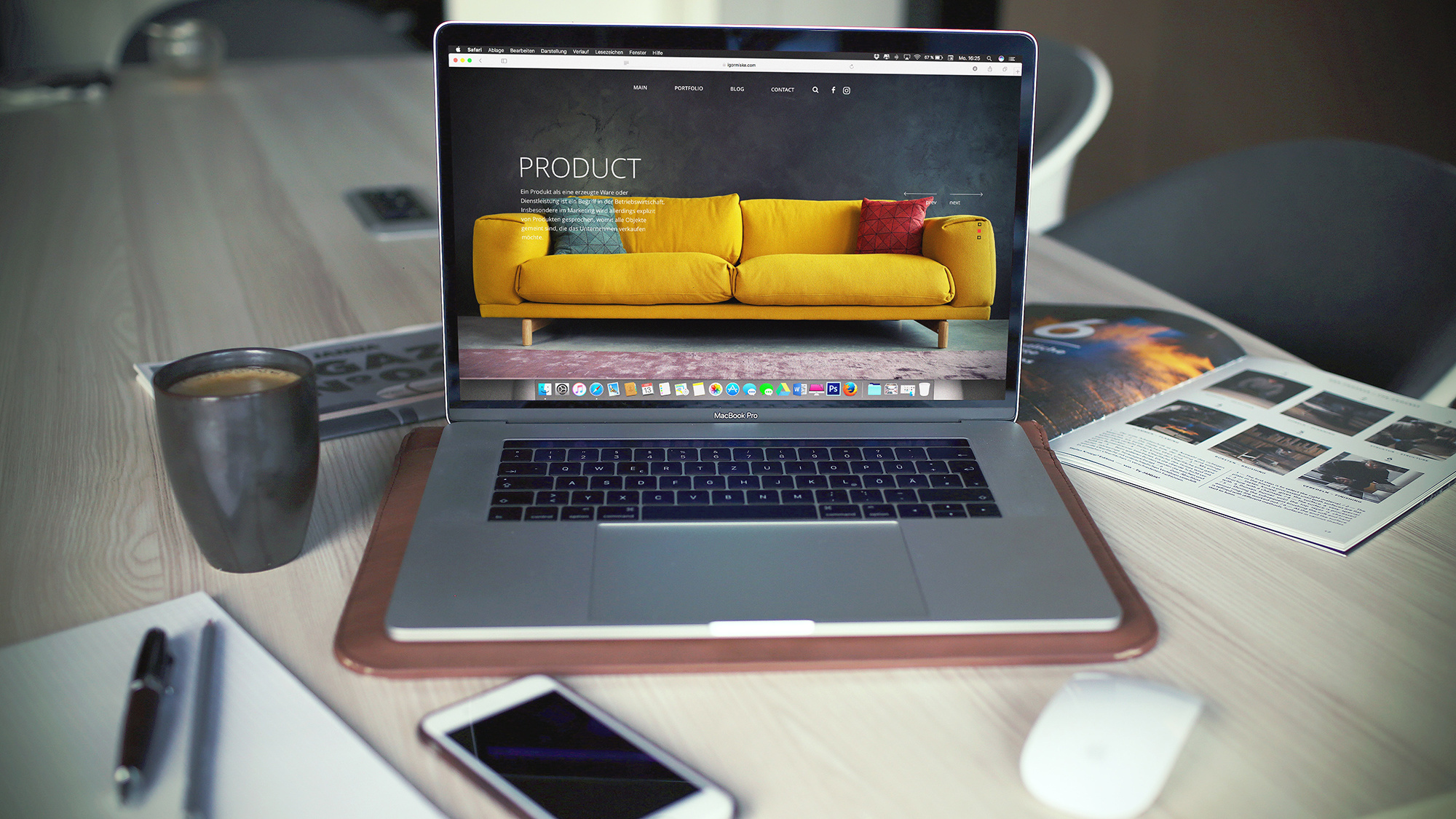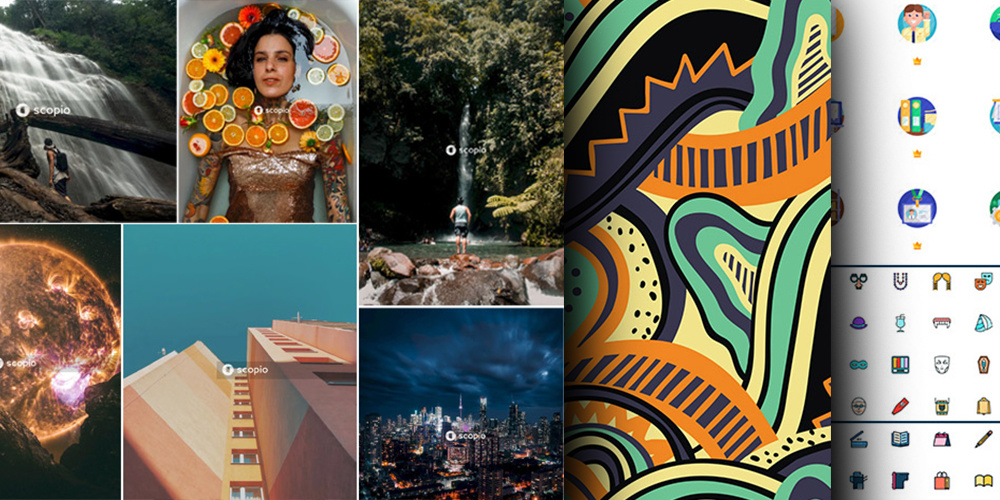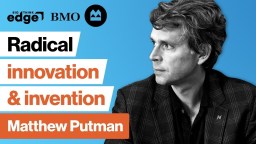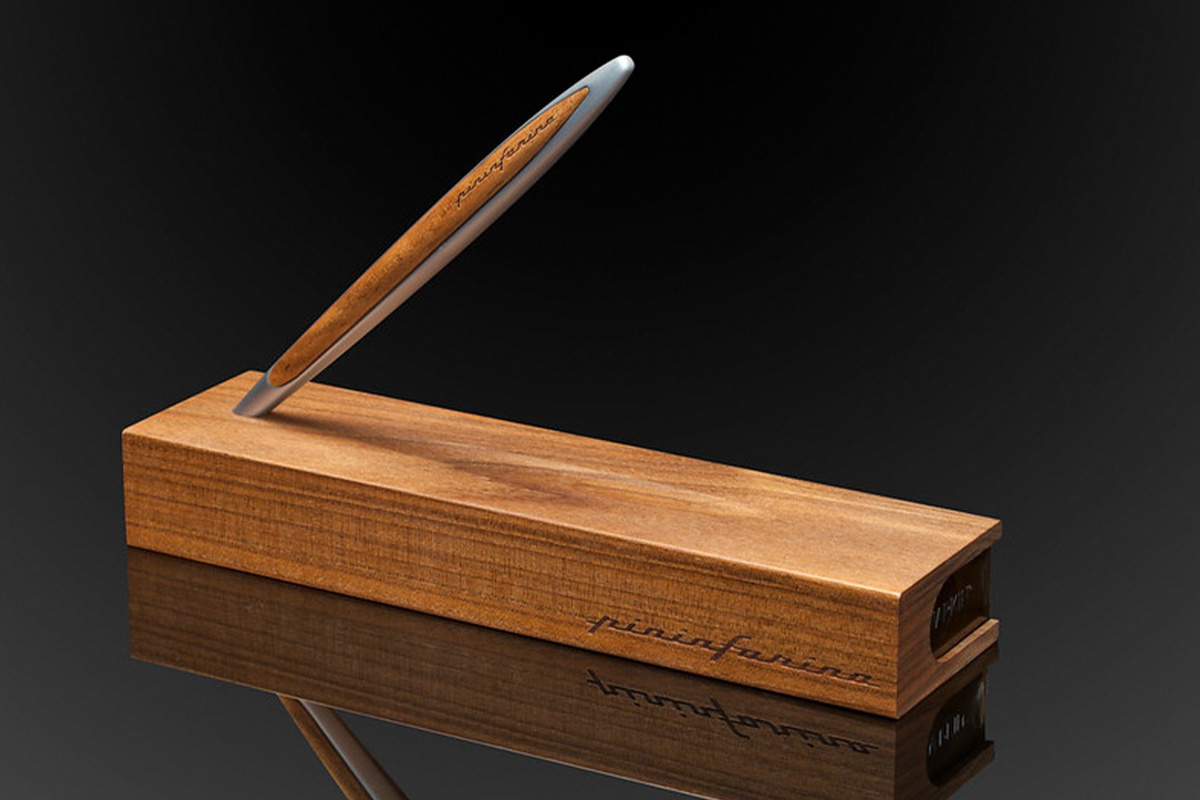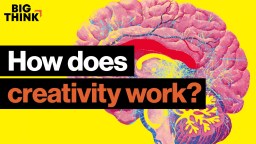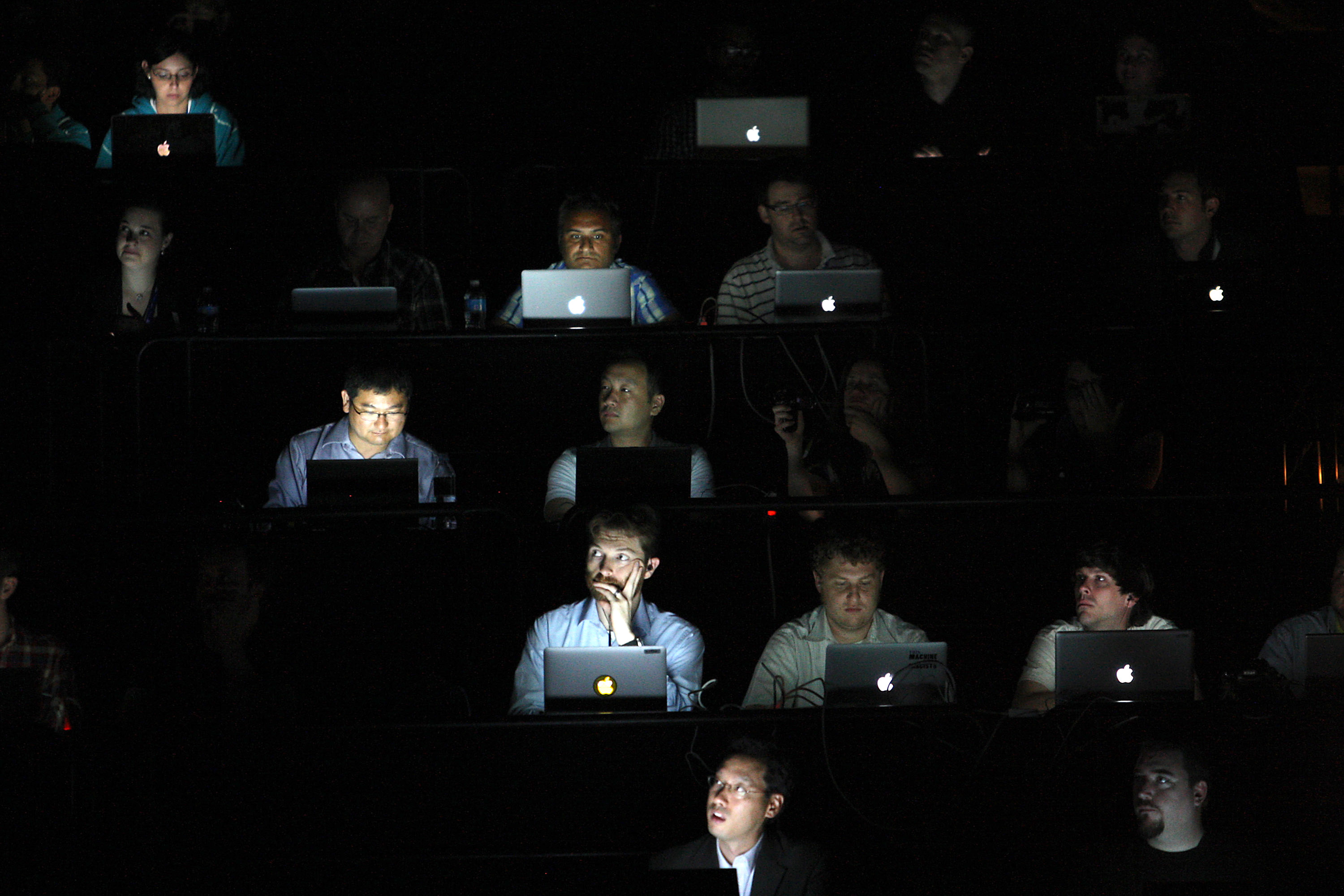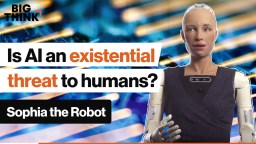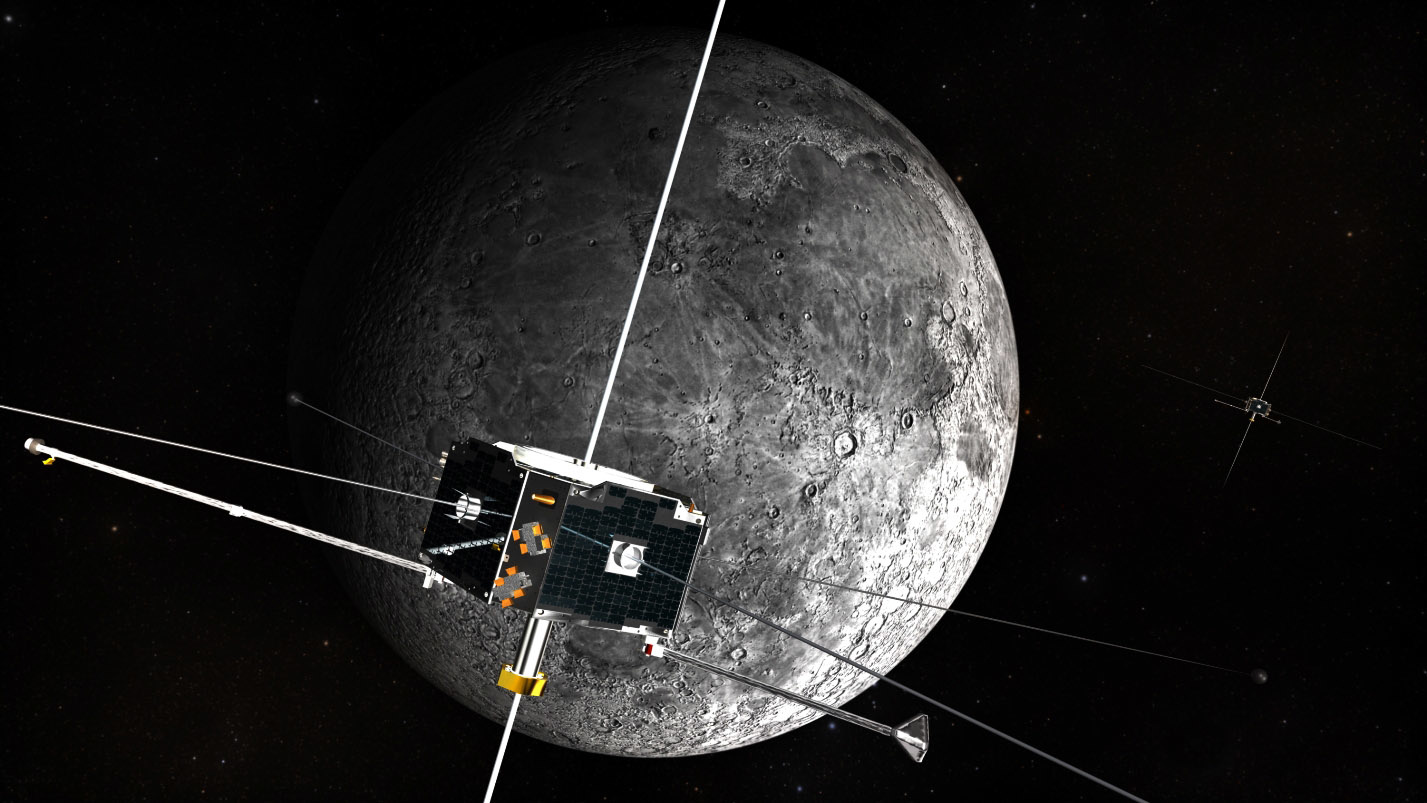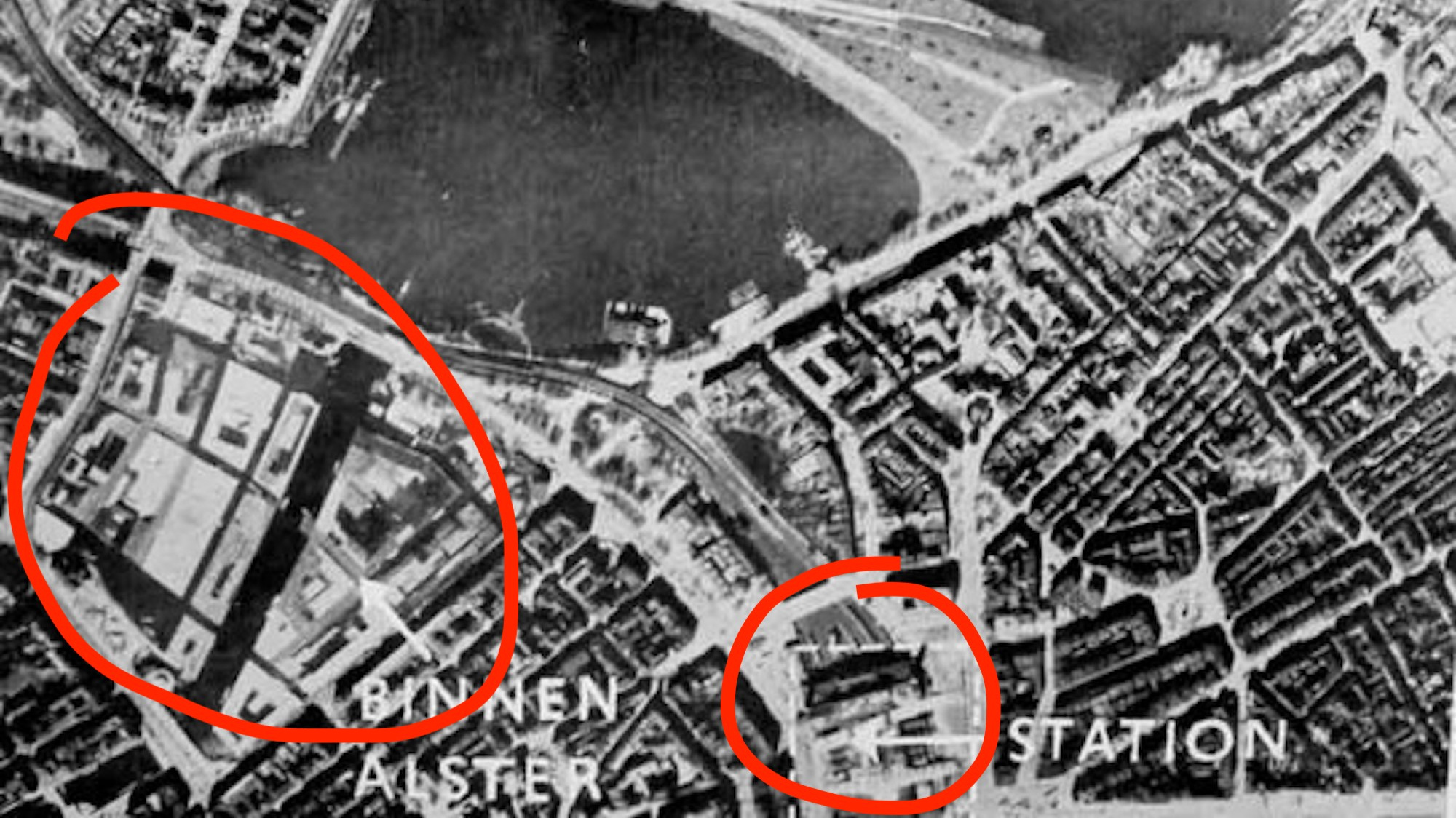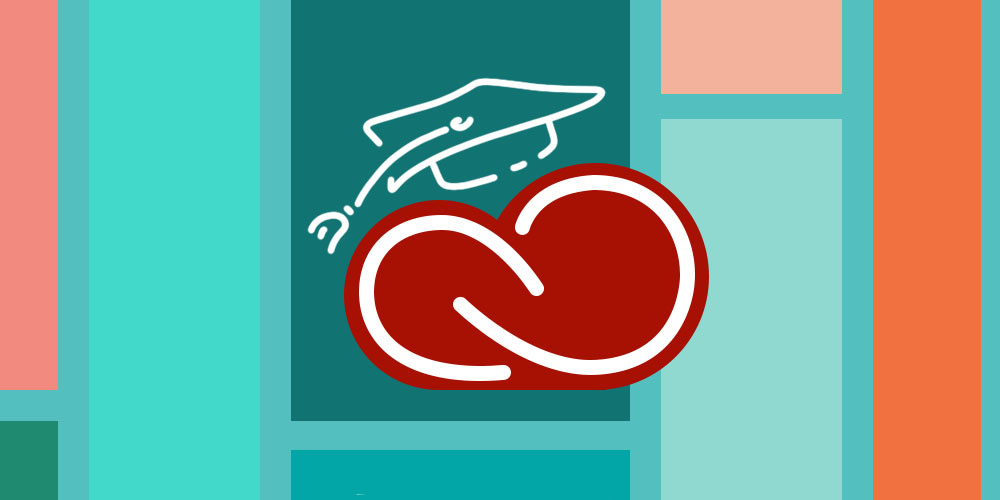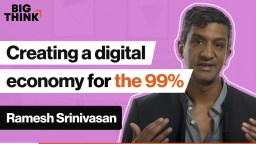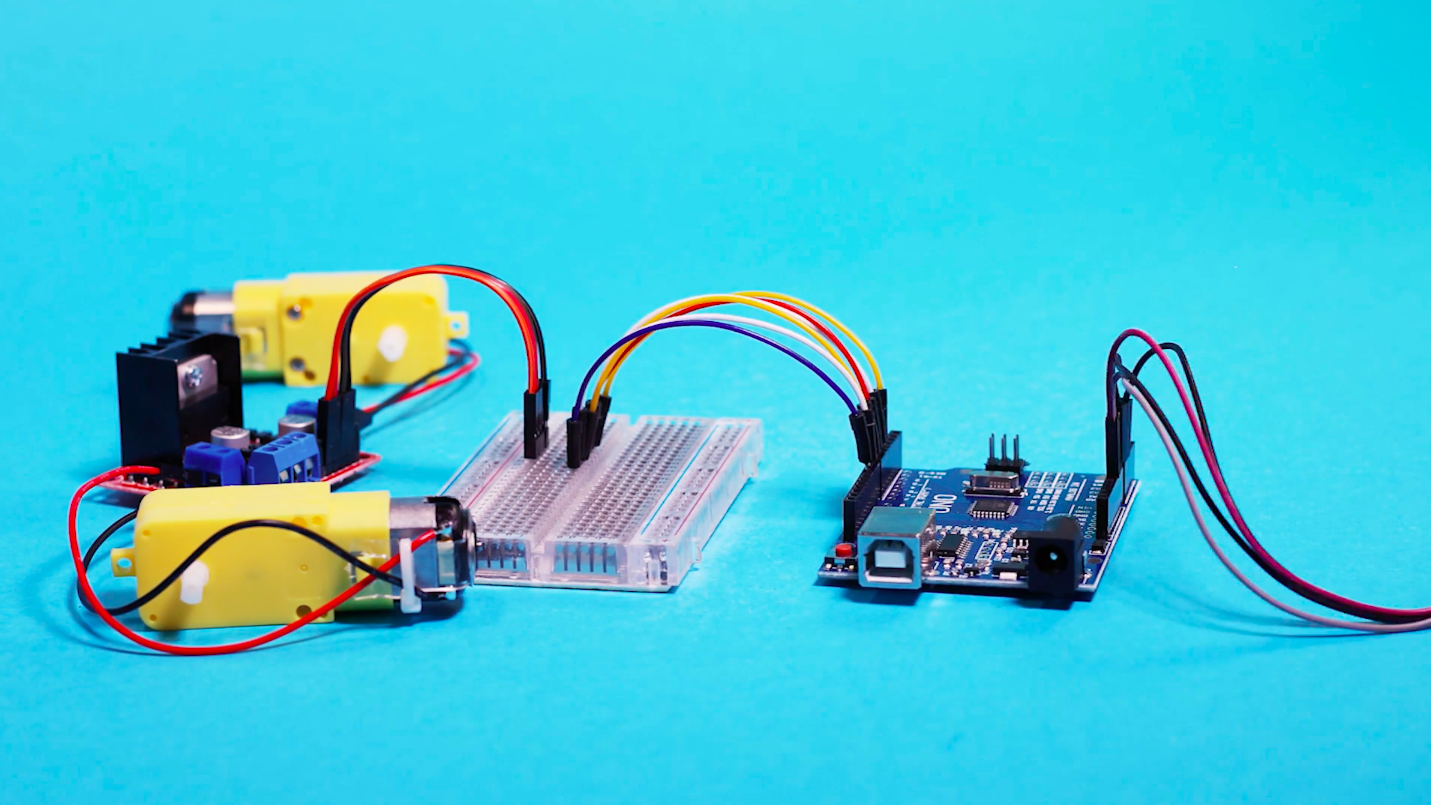design
The design could help restore motor function after stroke, enhance virtual gaming experiences.
The four-color theorem was one of the past century’s most popular and enduring mathematical mysteries.
At least 222 typefaces are named after places in the U.S. — and there’s still room for more.
Buildings don’t have to be permanent — modular construction can make them modifiable and relocatable.
Researchers were even able store and read a 767-kilobit full-color short movie file in the fabric.
Cartography is serious business in Switzerland — but once in a while, the occasional map gag slips through.
It may be old tech, but it’s super-reliable.
Light-emitting tattoos could indicate dehydration in athletes or health conditions in hospital patients.
POD Studio helps you design a professional and stunning website in just a few clicks.
You’ll never have to pay for an image again.
A study in the hospitality industry shows the importance of design, including during a pandemic.
A mile-high tower would not just be a new structure, but a new technology.
Ready to see the future? Nanotronics CEO Matthew Putman talks innovation and the solutions that are within reach.
▸
with
Pandemic-inspired housing innovation will collide with techno-acceleration.
Two famous Italian design companies joined forces to create this masterpiece.
Human brains evolved for creativity. We just have to learn how to access it.
▸
12 min
—
with
Was the hamburger menu always so ubiquitous?
Coronavirus has given us the opportunity to reframe and rethink society from its foundation.
▸
5 min
—
with
The lessons we’ve learned here on Earth will affect how we govern a new world.
▸
4 min
—
with
Should humans fear artificial intelligence or welcome it into our lives?
▸
3 min
—
with
A NASA-sponsored competition asks participants to improve the design of a bucket drum for moon excavation.
Through experiencing time in a nonlinear way, can artificial intelligence provide us more perspective?
▸
3 min
—
with
‘Operation Invisibility Cloak’ was a waste: Hamburg would soon be firebombed to bits
Technology best serves the user when organic development combines necessity with collective values.
▸
8 min
—
with
Come to grips with the fundamentals of graphic design and master the field’s top tools.
A pragmatic approach to fixing an imbalanced system.
▸
7 min
—
with
Ready to become a tech wizard? Creation Crate’s electronic projects are delivered to your door with everything you need to start building and learning.
Can technology act as a feedback loop for human emotions?
▸
3 min
—
with
With a lifetime subscription to VectorGrove, you’ll never have to search out the perfect graphic element again. This library of over 1 million vector graphics always has plenty to choose from.
Getting started with easy-to-follow instructions and coursework is essential, and that is exactly what you’ll find in The Ultimate Adobe CC Training Bundle.
